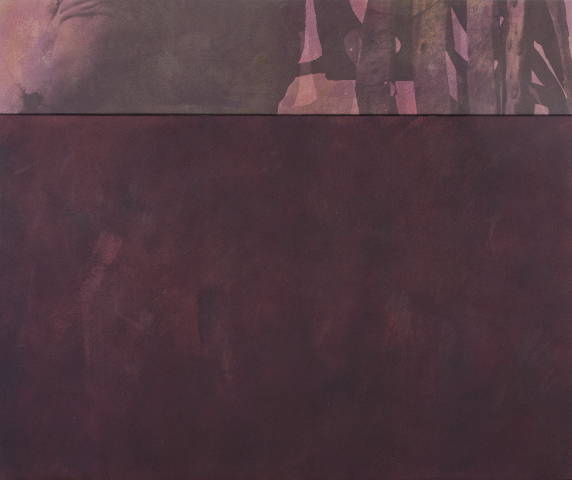
Since Art Residences were established, artists took advantage and started travelling around the word.
It was such a great possibility. Who can refuse accommodation and a guarantee daily meal in faraway countries, ending with a personal exhibition?
In residence time artists gave birth to projects which are often result of an hybridising process.
Weird installations and psychedelic videos issued out to the artists previous work and the host country influences.
Sometimes is just the exhibition place that is unusual for a kind of art, and that is exactly “The Human Factor” exhibition case.
So, you have to imagine a typical late ‘800 starting ‘900 Italian noble mansion, just in the middle of Villa Borghese Gardens, Rome. There’s were the sculptor an composer Piero Canonica lived, but now it’s a museum filled with statues, paintings and beautiful relics.
Basically the interiors and the furniture remained the same, but sometimes curators tries to renew the environment, making contemporary art exhibitions.
Could sound like a weird experiment to Liang Shuo (China), Charles Lim (Singapore) , Koki Tanaka (Japan) and Wan Hong-Kai (Taiwan), the attendees to the Qwartz Rome Residency Program.
The idea was matching oriental contemporary art with an old typical roman ambience.









